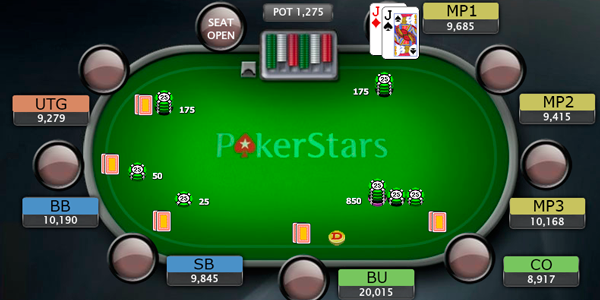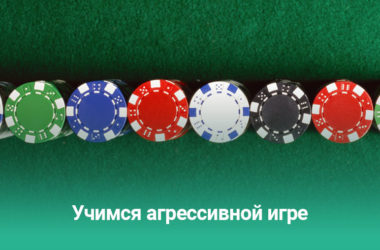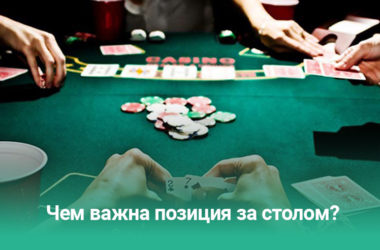Those who use squeeze know that in poker you don't always get lucky with good cards. Therefore, players often resort to special bluffing techniques to increase their chances of winning. Of course, in order to mislead the opponent, a certain level of skill is required, as well as an understanding of in what situations bluffing is appropriate. We will talk about one of the deceptive methods - squeeze - in this article.
What it is
The term "squeeze" or "squeeze" refers to one of the bluffing techniques, forcing opponents to fold preflop after a raise. The essence of the technique is a significant raise after one of the opponents has raised and the other has decided to call his bet.
However, it is worth remembering that not every situation is suitable for a bluff decision. One must be sure of the promise of action at a distance. By finding the optimal moment for a fraudulent move, the player reduces the likelihood of failure and financial losses.
We determine the optimal conditions
Let's analyze the squeeze play method using the example from the picture:

First of all, we pay attention to the participants in the distribution - the player and his opponents:
- Player. He plays a tight game, knows which cards to trade with. Opponents are aware of this as well, since the player has spent a lot of time competing in a tournament or at a specific table.
- Opponent # 1. Loose with a wide range of starting hands.
- Opponent # 2. Analyst. Knows well the range of opponents' starters.
Further, we take into account the following conditions:
- How many competitors are participating in the auction. There should not be any other poker players in the hand, except for the ones mentioned, besides the Blinds, there should not be any bets before them.
- Position. The Blind position or the late position is suitable for the deception. This minimizes the likelihood of entry into the bargaining of participants, acting after the player, with good hands-starters.
It is important that all conditions are met. In the absence of even one of them, the conditions for a deceptive maneuver will not be optimal.
Let's consider a scenario. First comes a raise from a loose opponent. The analytical opponent proceeds as follows: compares the raise given the previous participant's wide range of cards in order to look at the board's cards inexpensively. The player, realizing that both opponents have a wide card range, raises. With strong starting hands, opponent # 2 would go up rather than call. Most likely, opponent # 1 does not have strong cards, and opponent # 2 does not have a decent hand to raise. Therefore, a player's big raise should force opponents to fold.
The ideal scenario was considered in which the player gets the pot without seeing the flop. However, even one mistake in assessing the circumstances can lead to a promotion from any of the opponents.
Squeezing: bet size and starting hands
Squeezing is a bluffing technique, so it doesn't matter what starting cards a player has: he is going to take the pot, not play postflop. However, bluffing with powerful cards is no longer a squeeze, because it is more profitable to play postflop with promising cards in hand. The strength of the starter hand also determines how much to raise the bet:
- Good hands. It is not worth going for a strong rise here. The opponent needs to equalize the bet. For example, if the player has pocket aces, choosing a small raise can force the opponent to trade postflop and then take a high pot.
- Bluff. If the cards are not strong, make a high raise. This will avoid calling from opponents. Remember, if a player is in the Blind, the next player may also have a strong hand to raise or call.
And one more thing: it is not recommended to use squeeze too often, because opponents may sooner or later suspect what is wrong and check the power of the cards in the hand.




